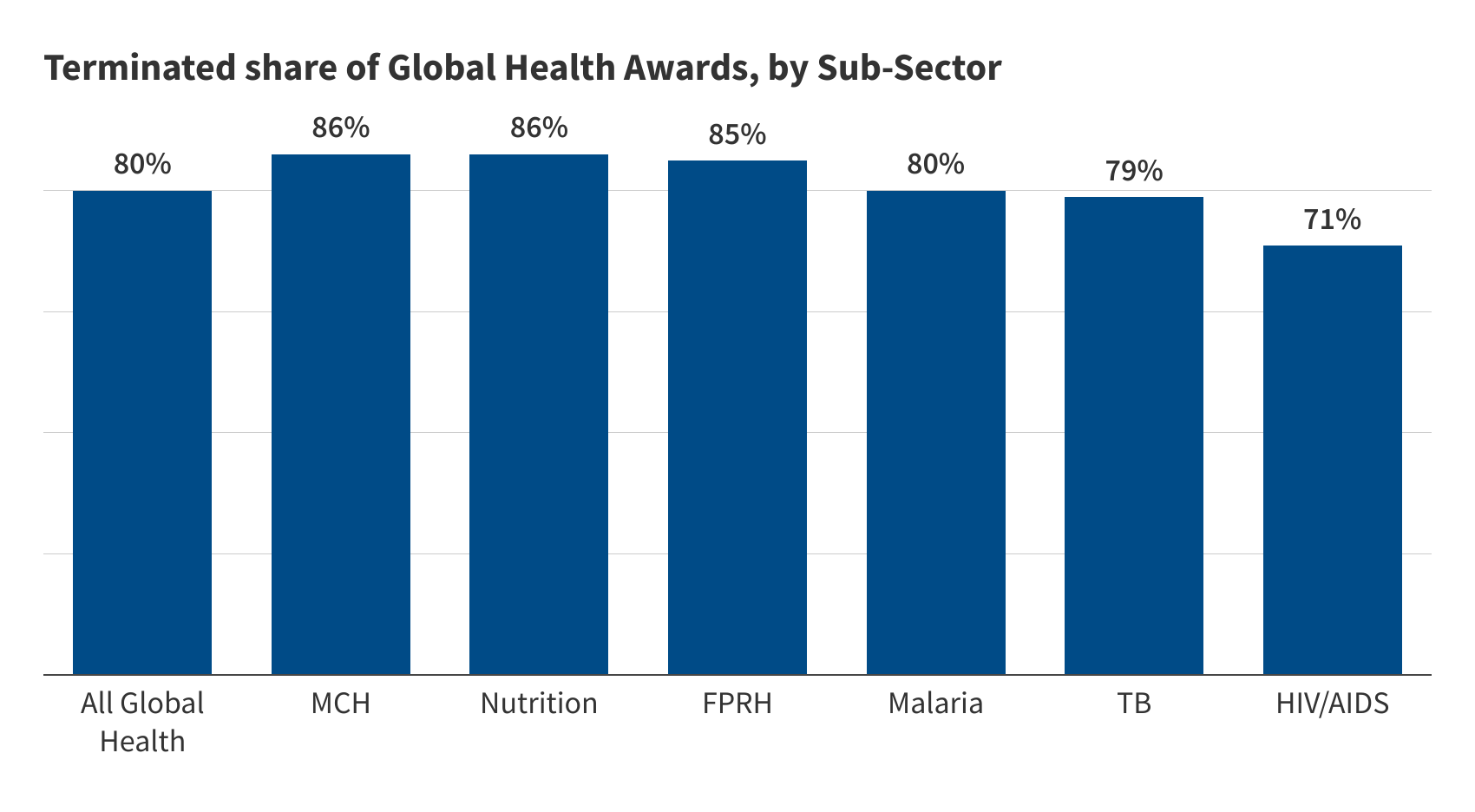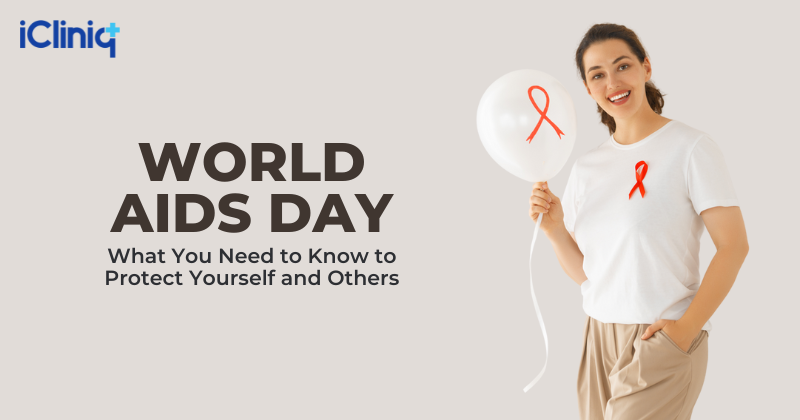The U.S. is the largest donor government to global health and has prioritized health within its foreign assistance activities to a greater degree than other donor governments. In addition to being the largest donor, the U.S. operates programs, provides technical assistance, participates in international health organizations, conducts research, and more. Since the start of his second term, President Trump has taken numerous actions impacting U.S. global health efforts including pausing foreign aid while conducting of review of existing programs, elimination of the U.S. Agency for International Development (USAID), which manages the majority of U.S. global health funding, and signing several executive actions placing restrictions on U.S. global health activities. These efforts have significant implications for existing U.S. programs and left large gaps in the donor landscape.
Most recently, as part of its foreign aid review, the Trump administration notified Congress of the number of USAID awards it intends to terminate and those it will continue. The list included more than 6,200 awards, of which more than 5,300 were listed as terminated and almost 900 as remaining active. These awards total more than $36.0 billion in un-obligated funding, including $27.7 billion in terminated awards and $8.3 billion for awards remaining active. While it is unknown whether this will be the final list, it provided the first official indication of the administration’s plans for the U.S. foreign assistance portfolio, including for global health activities. A recent KFF analysis examined some of the questions raised by the list. This analysis provides an assessment of the number of active and terminated global health project awards (detailed methods are provided below).
Findings
Global health awards account for 12% of all awards on the list but the majority (53%) of all unobligated funding. Of the more than 6,200 awards on the list, 770 (12%) are identifiable as global health awards. These awards represent an estimated $19.1 billion in unobligated funding (defined by the administration as the difference between the total award value and the amount already obligated), or 53% of all unobligated funding.
80% of global health awards are listed as terminated, totaling $12.7 billion in unobligated funding. Of the 770 global health awards identified, 615 (80%) are listed as terminated, slightly below the share of all awards terminated (86%). These terminated awards include support for polio vaccination programs, activities aimed at improving maternal and child health (MCH), efforts to strengthen infectious disease detection systems around the world, HIV treatment projects, family planning support, and more. Collectively, terminated health awards total $12.7 billion in unobligated funding, or 67% of unobligated funding for global health ($19.1 billion). The remaining 155 global health awards remain active, totaling $6.3 billion, or 33%, of the global health unobligated funding total.
Many global health awards are multi-sectoral, spanning more than one global health area, with HIV/AIDS accounting for the greatest number. Of the 770 awards identified, 289 specify activities that address more than one of the six main global health sub-sectors, which include: HIV/AIDS; tuberculosis (TB); malaria; maternal and child health (MCH); family planning/reproductive health (FPRH); and nutrition. Awards that included HIV/AIDS activities accounted for the greatest number (379), followed by MCH (266), and FP/RH (233) (see Figure 1).
By sub-sector activity, the share of awards terminated range between 71% for HIV and 86% for MCH and nutrition. Most of the awards for each sub-sector activity were terminated. MCH and nutrition had the largest share of terminated awards (86% for both sub-sectors), followed by FPRH (85%), malaria (80%), tuberculosis (79%), and HIV (71%) (see Figure 2).
Methodology |
| To assess which awards on the deduplicated USAID list were health-related, we first attempted to match award IDs for all awards on the list (6,232) with activity project numbers in https://www.foreignassistance.gov/, the US government’s database of all foreign assistance funding. This database includes the U.S. government sector area for awards (e.g., health, education, agriculture, etc.) and sub-sectors within each of these (e.g., HIV, TB, malaria), allowing for official coding of the data for any matched award. Of the total, 3,129 awards matched. For the 3,103 that did not match, we first excluded any award on the list issued by USAID’s Bureau for Humanitarian Assistance (BHA) and Bureau for Democracy, Conflict and Humanitarian Assistance (DCHA), which are considered humanitarian assistance awards but not health assistance, leaving awards issued by all other offices, including the Bureau for Global Health (GH), and individual USAID missions. Of these, we reviewed their award text descriptions to determine whether the award included identifiable health activities and if there was information to further identify the sub-sector activities of the award, including HIV, tuberculosis (TB), malaria, maternal and child health (MCH), nutrition, and family planning and reproductive health (FPRH). An award that included HIV/TB activities was coded as HIV. We did not include awards for water, sanitation, and hygiene (WASH) as health because these awards can include infrastructure projects, water management programs, and other activities that are not included under U.S. global health programs. Where an award description included activities in more than one sub-sector (either in https://www.foreignassistance.gov/ or in our hand-coding), all of these sub-sectors were counted, resulting in a larger number of award activities by health sub-sector than the total number of health awards. Our approach likely understates the total number of global health awards (and associated funding amount) due to the limited nature of the information included in the description for many awards that did not match with https://www.foreignassistance.gov/ data. For example, there were many awards for ocean freight contracts that did not indicate what was being shipped, which could have included items for global health programs, as well as many awards listing individual consultant names or construction projects, some of which also could be related to health. Our analysis of health sub-sectors also is limited in that it is possible that for those spanning more than one sector, only part of the award was kept active (or terminated), and our approach would include all sub-sectors. Lastly, if an award was listed twice, each with the same status (both were listed as either active or terminated), one of the duplicated lines was removed (one instance for global health); if an award was listed twice, each with a different status (one active and one terminated), both were removed from the list (one instance for global health). |
Publisher: Source link









